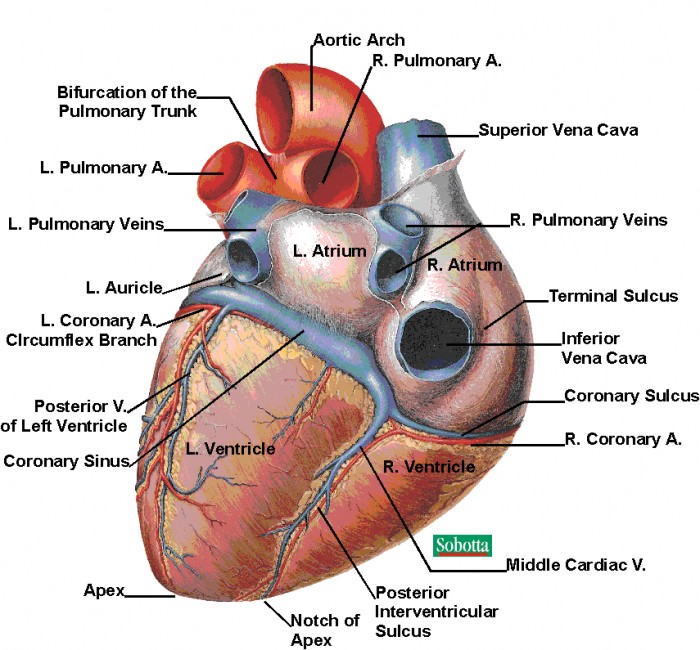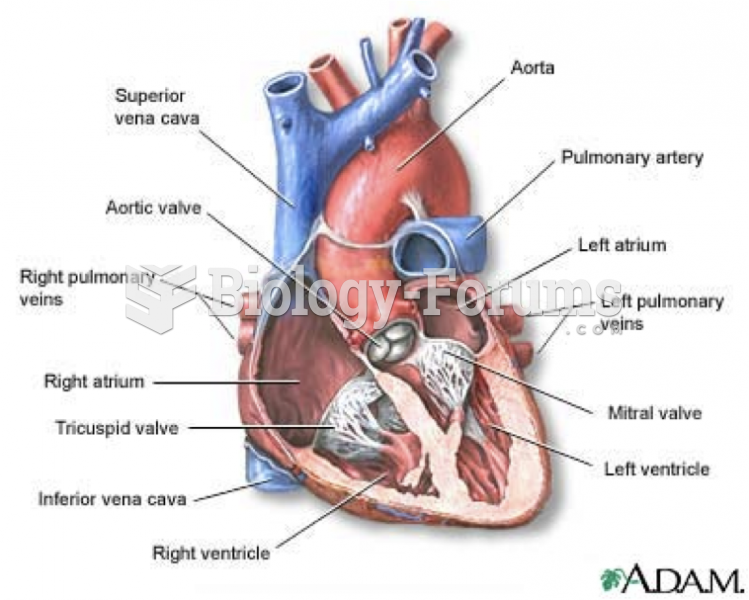|
|
|
Critical care patients are twice as likely to receive the wrong medication. Of these errors, 20% are life-threatening, and 42% require additional life-sustaining treatments.
It is believed that the Incas used anesthesia. Evidence supports the theory that shamans chewed cocoa leaves and drilled holes into the heads of patients (letting evil spirits escape), spitting into the wounds they made. The mixture of cocaine, saliva, and resin numbed the site enough to allow hours of drilling.
Egg cells are about the size of a grain of sand. They are formed inside of a female's ovaries before she is even born.
Medication errors are more common among seriously ill patients than with those with minor conditions.
Eat fiber! A diet high in fiber can help lower cholesterol levels by as much as 10%.







